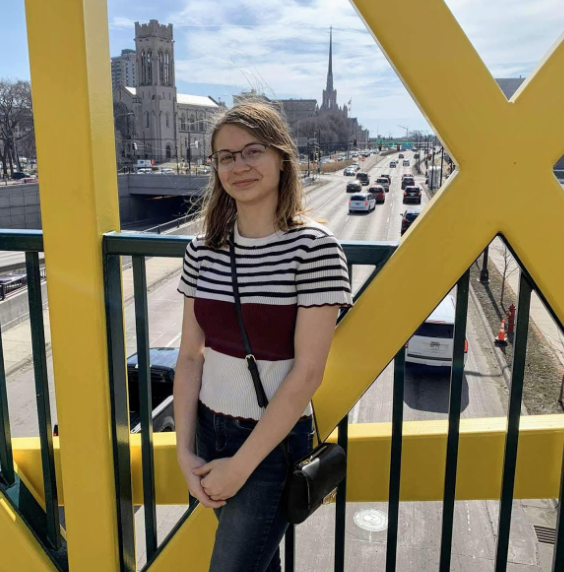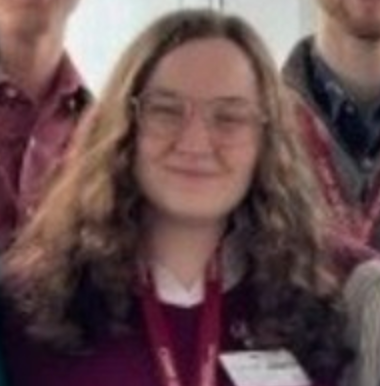Celebration of Scholars
#22: Measuring Quasinormal Modes of Simulated Binary Black Hole Mergers in the SXS Catalog
 Name:
Andrew Valentini
Name:
Andrew Valentini
Major: Physics/Math
Hometown: Forest Lake, Minnesota
Faculty Sponsor:
Other Sponsors:
Type of research: Independent research
 Name:
Becca Dowe
Name:
Becca Dowe
Major: Physics
Hometown: Kenosha
Faculty Sponsor:
Other Sponsors:
Type of research: Independent research
 Name:
Chance Hoskinson
Name:
Chance Hoskinson
Major: Physics
Hometown: Milwaukee
Faculty Sponsor:
Other Sponsors:
Type of research: Independent research
 Name:
Kaitlyn Prokup
Name:
Kaitlyn Prokup
Major: Physics
Hometown: Mount Pleasant
Faculty Sponsor:
Other Sponsors:
Type of research: Independent research
Abstract
Black hole spectroscopy is the prospect of using gravitational wave emissions as a superposition of damped sinusoids, called quasinormal modes (QNMs), to determine the properties of the remnant black hole. Building on recent work by researchers in the field, we test the prospects of detectability of the QNMs of binary black hole (BBH) merger events and analyze the dependence of the first overtone on the remnant’s mass and spin. Using numerical relativity simulations from the Simulating eXtreme Spacetimes (SXS) project, we confirm for SXS:BBH:0305 that the (2,2,1) overtone features an amplitude comparable to the that of the (2,2,0) fundamental mode. We ultimately aim to develop tools that utilize LVK data to test whether the detected QNMs are consistent with our current understanding of the Kerr geometry and general relativity. We ultimately aim to develop tools that utilize LVK data to test whether the detected QNMs are consistent with our current understanding of the Kerr geometry and general relativity.
